|
8/17/2020 1 Comment The Shelf Talker SolutionBrowsing is looming on the horizon. Some libraries have even started opening up for limited browsing hours and many more are about to follow. However, the question then comes...how can librarians support browsing (finding a book by the magic of happenstance) but keep people from unnecessarily touching books and taking them off the shelves only to decide they don't want them? My solution just might work for you and your library! 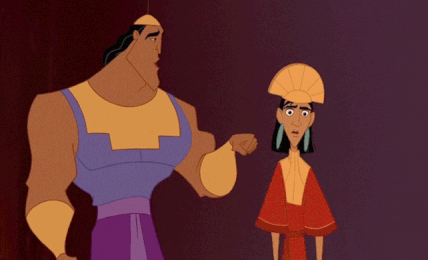 Just to sum up what we all know at this point -- no touchy! High touch items and areas need to be regularly cleaned. After touching one of those items or areas, you need to wash your own hands as well. While this arrangement will help prevent the spread of COVID-19, it doesn't really work out too great for book browsing. If you are doing more than judging a book by its cover (GASP!), you need to pick up the book to at least read the summary on the back or the inside flap. Displays can help a bit by putting out books around a certain theme, genre, or subject. Yet, browsers will still want to touch the books before deciding to take them home (or not). Based on the "no touchy" regulations where touched books then need to be put aside for at least 24 hours, browsing could quickly lead to many items being unavailable. There is a simple solution that many libraries have already developed for the alternate reason of reader's advisory in the stacks. Enter THE SHELF TALKER! Bookstores made use of these items for decades, and libraries started to pick up the trend due to their usefulness. Quite simply, shelf talkers offer a way to display select books with a summary/pitch for the item. Individuals are able to read the shelf talker from a distance and then (hopefully) only touch the book if they are interested. NOTE: they might still pick up the book anyway (people gonna people), but shelf talkers can at least lower the number of people who touch the book on display by taking away the primary reason for touching (reading the summary). Making Shelf Talkers If your library already has shelf talkers (like the the fancy ones used in bookstores), go to town! Make as many as you can with the knowledge you are helping reduce the touch-factor of your patrons. If you don't have shelf talkers (and if your library doesn't have $100 to blow on the fancy ones like those available at The Library Place and seen in the first picture below), there are still options. For example, the pictures above are actually NOT expensive professional plastic shelf talkers. I made them from old plastic standing sign holders. You know how the standing sign holders chip, get tape gunk on them, get dirty, and just age? Well the bottoms (where the stands meet the table) actually still work fine for this project. Simply put the long part of the sign holder (which would normally hold the sign) under the books on the shelves. Allow the bottom flat part to stick out a bit so that you can set the display book out from the shelf. Then, tape on a printed shelf talker for that book to the bottom flat part which sticks into the aisle. NOTE: Try to keep shelf talkers close to eye level for whichever age group you are making them (adults, teens, tweens, kids) so that it isn't difficult to actually read the talker. Writing Shelf Talkers Shelf talker formatting obviously can differ depending on your library, the time you have available (if any), and the size of your shelf talker. If you use my rigged shelf talker from a sign holder, the measurement is 8.5 inches wide and roughly 4.25 inches tall. I like to put a border around the edge of the individual shelf talker so that I can put more than one on a single piece of paper in the portrait orientation. With these measurements I put two on a single page. The border also can be used as a cut mark if you are backing the shelf talker with a colored piece of paper or cardstock. Backing with strong cardstock is important if you want this style of shelf talker but don't have and plastic sign holders. You can just use an empty spot at the end of a shelf row to tape the backed shelf talker to the shelf itself and put the display book into the empty spot. Below is a picture of a sample shelf talker with the various parts that I include in a template. 1.) Start off with a bigger, bold font to draw someone in. It can be a quick nod to the heart of the book, the genre, or the feel. EXAMPLES OF OPENERS
2.) Don't forget to add branding for your library if you have the ability to do so. The example below I used the design aspect of the library's logo (the little colored squares) and added the words YOUNG ADULT READS in the color of the library's name where it usually is for the logo. This separates the YA shelf talkers from the adult ones which just say ADULT READS. 3.) Put in the title and author of the book in the slightly bigger, bold font. Heads up -- shelf talkers go really fast at every library where I've used them. Including the title and author allows the spot to be empty for a bit (while you refresh them) but still allows for some reader's advisory. If the book listed is interesting to a patron, knowing the title and author means that they can put it on hold with ease even if the actual display copy has been taken. 4.) Include a summary or pitch for the book. This might seem like the hardest but it is actually one of the easiest. It is easy because of the magic that is GoodReads. Just copy and paste the summary form GoodReads (which is normally the official summary from the publisher) into your template. The only issue is that the summary is occasionally too long/too big for the template. This is where you will need to read the summary carefully to figure out where sentences or superfluous words can be cut. Of course you want to be careful with this technique so that people can still get the gist of the book without having to pick it up to investigate. Emergency Book Talkers Alrighty -- there are the details for the nice and complete-looking shelf talkers with a traditional arrangement. But say you don't have money for bookstore-level shelf talker holders nor do you have busted, old sign holders. You might not even have empty areas at the end of a room to put a book on display with a paper shelf talker (weed your collections people! it's important!). There is still a way to use the concept of shelf talkers to keep people from touching and investigating books! I call these items "book talkers". They are amazingly simple. Hop into Publisher, insert a circle shape, and edit text in the shape to type in quickie, bullet-point descriptors for books in a display. Then, just use a single rolled piece of cheap-o (not very sticky) clear tape to attach the circle onto the cover of the book. These are easy, fast, and very simple. Use colored paper to spice things up a bit, but you just want to quickly pitch a book's feel, theme, and genre that can be read without picking the book up. These Book Talkers work great for displays (as seen below). You can create a display for a certain type or genre of books; then use the Book Talkers to detail what makes each book special within your display concept. REMEMBER TO BE SAFE OUT THERE EVERYONE!
SHARE YOUR QUESTIONS ABOUT OR STORIES WITH SHELF TALKERS IN THE COMMENTS BELOW!
1 Comment
Beth
1/30/2023 07:35:52 pm
OMG, THANK YOU! I've been trying to figure out how to make shelf talkers in house for my middle school library, and this is genius. Thx!
Reply
Leave a Reply. |
AuthorOriginally wanting to be the love-child of Kathy Reichs and Indiana Jones, Brooke was pulled into the magical world of library service over 12 years ago. Finding that her ultimate passion was in teen services, she did what she normally does in a heart-fueled endeavor -- ran in head-first and never looked back! Cosplayer, movie fanatic, binge watcher, Disney Worlder. Proud cat mom of Evelyn (named after the librarian character in The Mummy [1999]). Archives
April 2024
Categories |
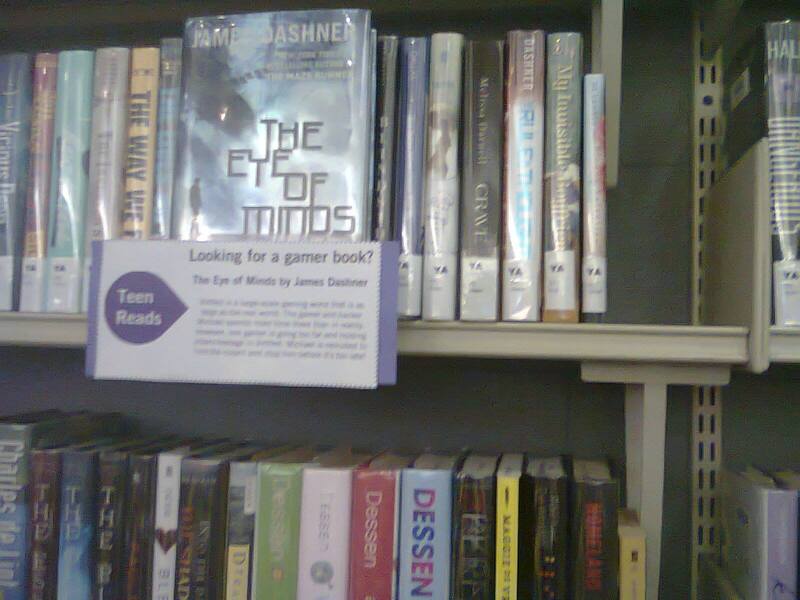
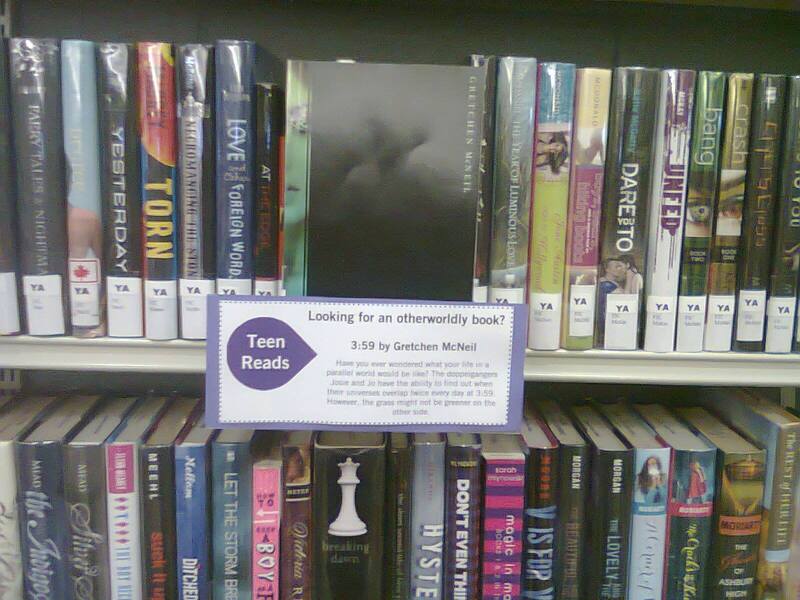
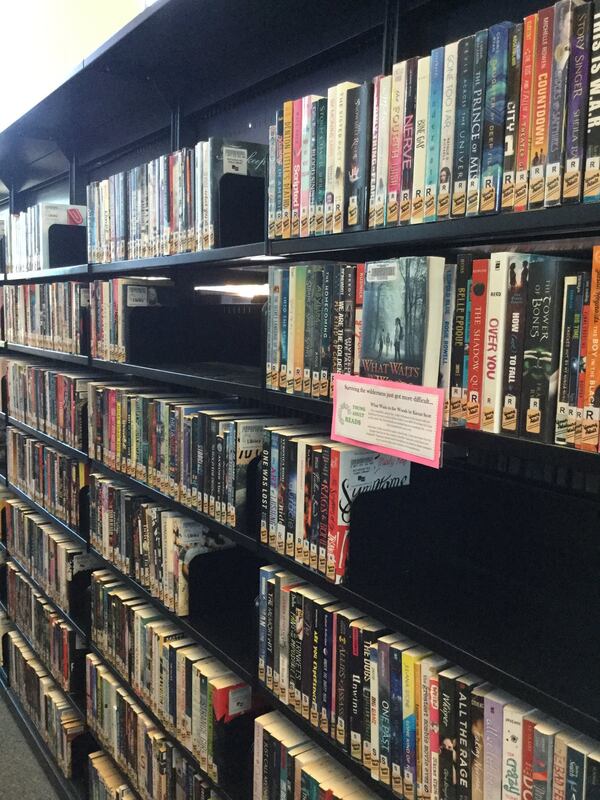
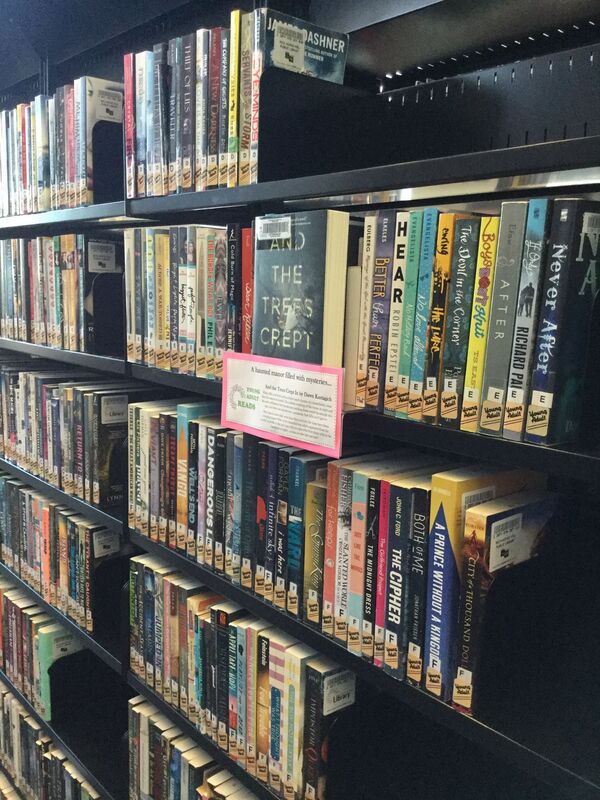
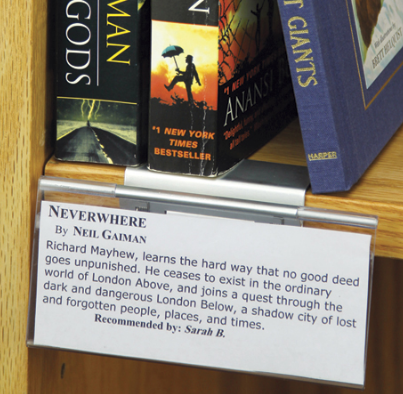
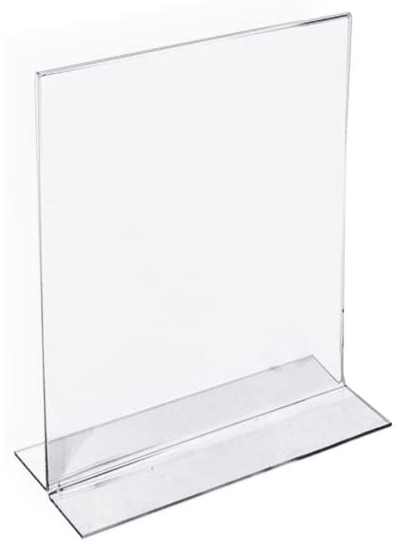
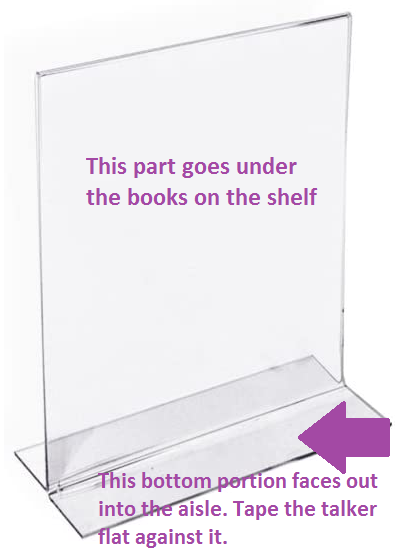
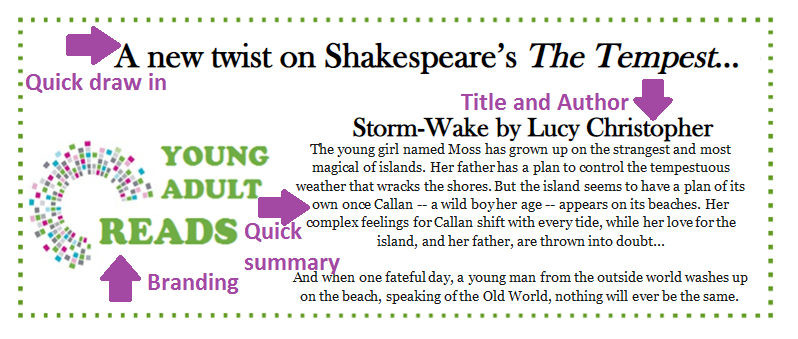

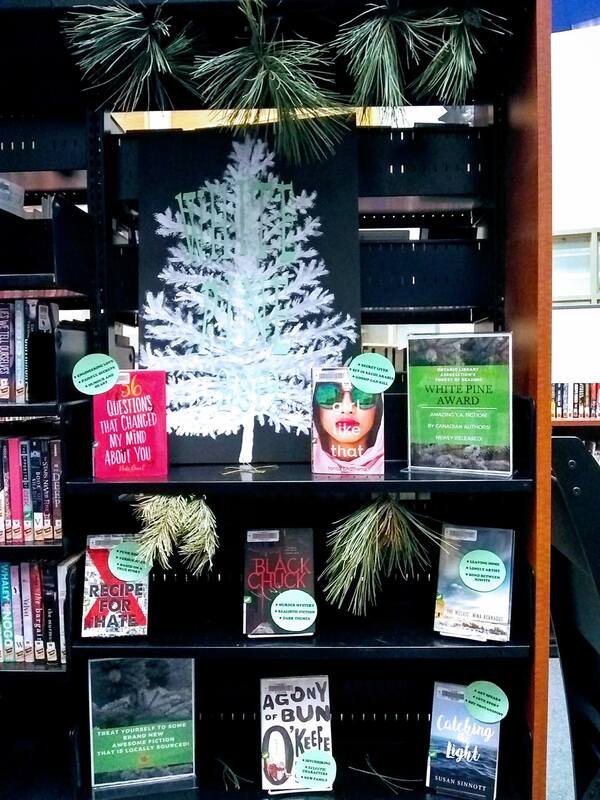
 RSS Feed
RSS Feed